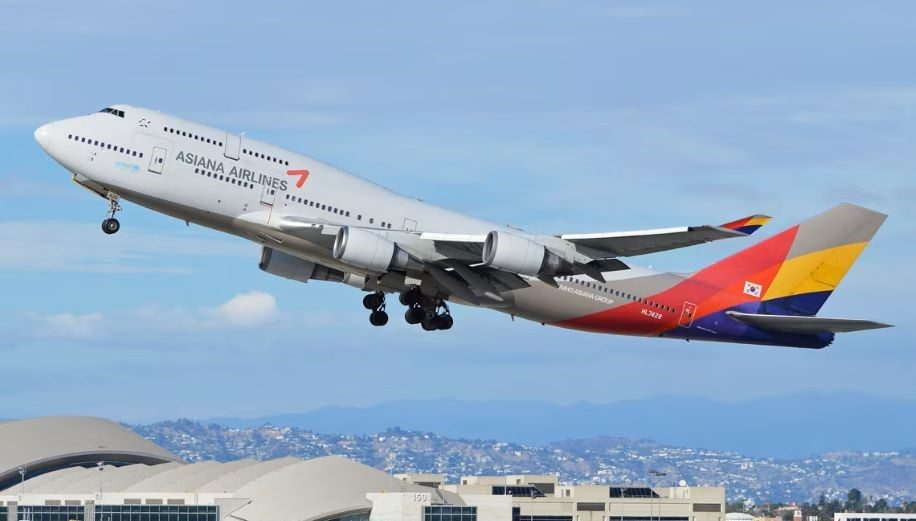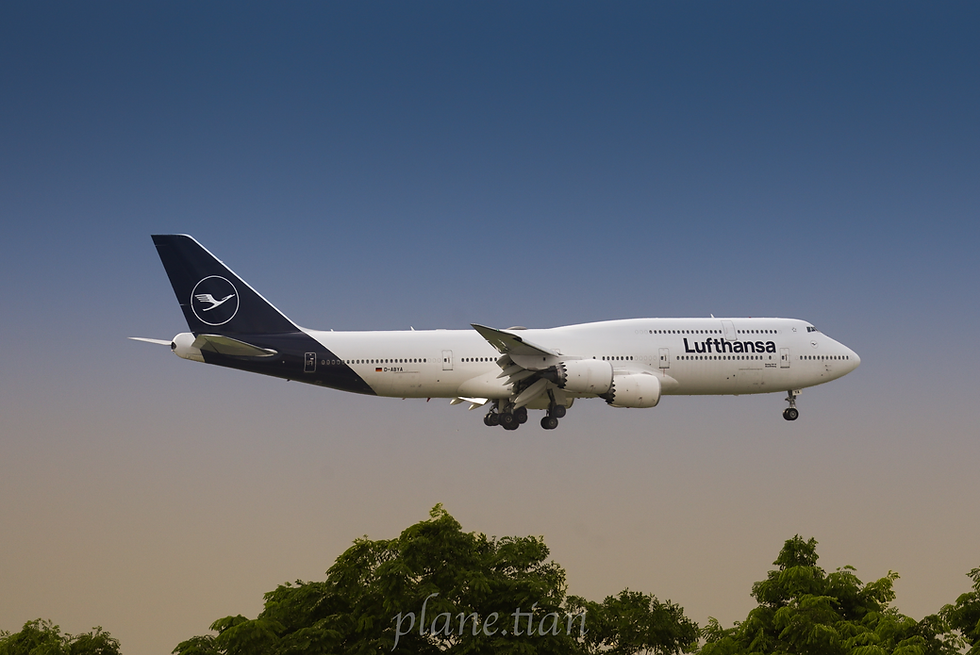Once a reality, now a memory: Farewell Asiana 747
- Haotian
- Mar 25, 2024
- 3 min read
On 25 March 2024, Asiana Airlines retired its final Boeing 747-400, with registration HL7428. The 26 year-old aircraft flew its final commercial flight from Taiwan Taoyuan International Airport (TPE) to the airline’s hub, Seoul Incheon International Airport (ICN).
By: Yu Le
Published on: 25 March 2024, 9.22pm (GMT +8)
Asiana operated the Boeing 747-400 for over 30 years. Photo: Business Traveller
Another legend gone forever. Today, Asiana retired its final B747-400, registered HL7428. The 26 year old aircraft flew its final commercial flight from Taiwan Taoyuan International Airport (TPE) to the airline’s hub, Seoul Incheon International. According to Flightradar24, it took off from runway 23L at Taipei Taoyuan at 0535 UTC and landed on runway 15L at Seoul Incheon at 0726 UTC.
Brief History of the 747 With Asiana
A Farewell ceremony was held for the last flight of the Asiana B747-400. Photo: Asiana Airlines
Asiana’s first 747 was delivered to the airline in June 1993. Over the many years leading up to the fleet’s retirement, Asiana operated a total of 18 747-400s. The 747-400, once a highly popular plane especially in the region, is seeing many airlines slowly retiring the type. Asiana sought to retire the type in a fleet renewal process prior to its merger with Korean Air, retiring the 747-400 in favour of other more modern, fuel efficient jets such as the Airbus A350-900 and Korean Air’s 747-8i.
Why are airlines around the world retiring the 747?
Lufthansa is one of the only few airlines operating the B747. Photo: Haotian/Project AeroFlight
The Boeing 747, better known as the Queen of the Skies, used to dominate the skies. It used to be a popular aircraft with both passengers and airlines. However, with the onset of the relaxation of rules governing twin-engine aircraft, many more fuel efficient aircraft emerged. Given that the 747 had four engines, it consumes a lot of fuel, and many new twinjets have similar range with way better fuel efficiency. The aviation industry has also changed drastically after the 9/11 attacks, with many airlines struggling to fill the seats on the huge aircraft. The 747 was therefore not economical for airlines and its popularity dwindled, seeing the final 747 roll off the production line on January 31, 2023.
What’s next for a 747-free world?
Apart from the sentimental feelings of loyal passengers and aviation enthusiasts, the impacts of retiring 747s will be substantial for years to come. This is especially true for airlines which rely heavily on the cargo variants of the Queen for their freight operations.
Airlines which have their cargo fleets dominated by the 747, including Singapore Airlines Cargo, Cargolux, Cathay Pacific Cargo, and UPS, have replaced the ageing Queens with orders for 777 and A350 variants, which are more fuel efficient. However, retiring 747 freighters will come at the expense of capacity and convenience.
Singapore Airlines still operates the Boeing 747-400 Freighter Version. Photo: Haotian/Project AeroFlight
The 747 freighter versions were renowned for their large capacity and the convenience of loading pallets from the front due to the nose cargo door. Boeing’s decision to raise the cockpit of the aircraft to the second deck to accommodate a nose cargo door dates back to the 1960s, which enabled the 747 to be repurposed as a freighter should supersonic aircraft dominate the passenger market. Over six decades later, this decision remains convenient for many airlines, as loading and unloading pallets from the front gives crew more space to manoeuvre and takes less time compared to side cargo doors, which require pallets to be rotated.





Comments